Photojournalism and art have historically remained separate entities. Photography gained acceptance as an art form during the 1940’s (Corydon Ireland). Meanwhile, the art world has pictured itself as a separate entity from photographic art, and unto Arthur Danto’s views, a realm made into its own ends. On the other axis, photographic art can seek distinction from the rest of the art world as well.
Art posturing aside, the differences defined within fields of observation: on the one end, a visual documentation forming the basis of photojournalism, and with art, based on Danto’s conception, a representation of the immaterial made material. The ability to discern and make distinctions instead of lumping things together rely on the viewers’ embodied cognition, or sense of knowing with the body, of difference when encountering a readymade art piece and a made object in the market. The key discerning markers rely on the knowledge and ability to connect the signifiers of being made intentionally by self-aware will and choice, whether that be through machine fabrication or by representation through observation; the combined intention can often lean on socially constructed context. So it is not only the work that presents as art or document but also the viewer doing the looking. Essentially, the way someone sees creates or destroys through the act of re-imaging or reimagining.
Danto’s concepts around the end art itself in the context of art photography has found a new intersection in meaning during the age of technology. His ideas find themselves at a level of complexity due to the ubiquity of images within media.
One begs to question, if Danto’s conception of art spells its own end through self-referencing solipsism, then what purpose does the divide between observation or of knowing in a visual medium such as photography serve? To look into the material implications of a theoretical medium such as art, can be useful to apply one of Einstein’s concepts, “We cannot solve our problems with the same thinking we used when we created them.” Here can be found two important features of Danto’s theory. A generally accepted notion within art is that the world of art is somehow above photojournalism. The tell-tale marker of meaning can often be found within the phrasing of “what is art” and what is “just photojournalism?” The presence of the word “just,” signifies an assessment of value of which a person either carries within them knowledge, often on the methods of production enabling a conversation about the production of the image itself, or conversations surrounding representation and aesthetic values. The other feature has been widely opened up by new aspects of image technology today.
Entering the Art World Today
By looking deeper into the notion of meaning within photojournalism and the art world, the implication of knowing or not knowing versus observing states or conditions that exist around the production of images, becomes the signifiers of the difference between art and photojournalism today. As more people become aware of the way images come to be, and the issues surrounding their production, Danto’s art theory, or the notion of difference between art world and non-artworld based on ideas, serves the process of assessing the divide of the world and art-world itself.
Historically, art photography has often imposed a requisite in the posing or planning; the image that was constructed. The photo or image that floats between both document and art, arguably, has increased in occurrence as artists and photographers share internet media, or the realm of ideas within social media. The ubiquitous nature of the image today can be related to the methods of Warhol’s mirroring of production. To reverence Danto’s assessment of Andy Warhol’s Brillo Pad boxes:
My sense is that, is there are no visible differences, there had to have been invisible differences — not invisible like the Brillo pads packed in the Brillo boxes, but properties that were always invisible. I’ve proposed two such properties are invisible in their nature. In my first book on the philosophy of art I thought that works of art were about something, and I decided that works of art accordingly had meaning. We infer meaning or grasp meaning, but meanings are not at all material. I then thought that meanings were embodied in the object that had them. I then declared that works of art are embodied meanings. (Arthur Danto)
In the age where internet and technology are often readily available, or quite literally in hand held devices, the embodiment of meaning could be considered as those who know without handheld access to an internet, and those who observe on the basis of the internet, often at the end of their hands. The viewer can come to see the differences by assessing the experience of the image in their personal bodies. As certain images become familiar, pattern recognition emerges. From patterns, boredom, immediate identification, and other aspects of the conceptual realm flatten and make ubiquitous the image whether made on purpose or documented through observation. Enter the questions of aesthetics, morals, and ethics, and the art-world which previously claimed to be free from such responsibilities becomes confronted with the methods of production. Deflection of responsibility of the means of production, then becomes within the hands of the many.
During the current age of technology, Danto’s assertion the art world had ended upon itself influenced the rise in attention to the choices made in representation. The eternally ephemeral qualities of the image become acknowledged in an increasingly aware, perhaps eros and fantasy possessed user. Whether the image on the screen is constructed or observed again falls to the user being able to know through embodied meaning the difference visual entities are being signified as within a performative art world and the documented world itself.
This increase of nuance diametrically drives the spectrum of the end of the art world through self-conscious solipsism to the opening up of a deeper level of looking at the machinations of production. This refinement being the defining factor between the “look of” art as often passed around on imaging media today, and the rarified encounter of an actual encounter of art on screen or in reality. As the screen itself replaces reproduction and becomes a new layer of meaning in the discernment of art and photojournalistic documentation, morals and ethics come to face a holoscopic spectrum of responsibility.
The art world and photojournalistic relationships to ethics and morals have also come to witness a shift in the forums the conversations take place. There are the sites within academia, the forum, the realm of paid and unpaid publishing, and the sites of the everyday person discussing over dinner, a glass of wine, or undocumented during an art exhibition. The realm of the psyche grows increasingly fluid, and the boundaries for these discussions that once ran against each other, catalyzed to open each other up.
Where days the art world’s post-modernist ideas once opened up the concept of representation as a space of non-judgment and observation yet attempted to hold itself separate from or different from photojournalism are gone. Clinging to the older ideas about art world today are akin to the fondness for romanticism within the larger genre photography often fulfills. The historic ideas of differences have dissolved in the advent of Instagram, where the world of commerce and politics reemerges within the users act of recapitulating an observation.
The hierarchy of the art world and photojournalism in the age of internet technology dissolve into each other, making the separate entities, as mental structures within people subject to rhetoric of thought, dispersed freely amongst the internet.
As Arthur Danto described the end of art in through ideas about the thing itself and the art object as contained within a self-referenced accumulation of facts about how the world works, once gave rise to the appearance of increased agency, readily understood by technological users as a realm of illusion ripe for manipulation. Instead of art turning upon itself, art turns upon the people to become increasingly self-conscious.
Self-consciousness has immaterial, or mentally conjured, features such as shyness, isolation, social anxiety, awkwardness of behavior and affect. Pure thought about the thought itself signifies a relationship to the dictionary definition of solipsism. Danto’s ideas can be now understood as a closing argument with increasingly nuanced merit in the age of heighted documentation and self-referential thought.
Danto’s notion of art as ending itself, begins to extend into the notion of image maker, image circulator, and the means of those images running from device to viewer. As more people practice making visual documents, or referring to actions photojournalism versus art, the ideas of difference between the worlds to examine why such a line was drawn between the end of art and living life as art come to light. The art world merged within the photojournalism in an actual and technological framework of the visual medium.
To find reprieve in the methods of scientific discovery, to find a way outside of the system of thought a problem was created in, technology becomes the catalyst for dissolving the theoretical boundaries while making them into economic and material boundaries.
As the distance between material relationships claims obscuring and economic models flux, increasingly immaterial claims Danto assessed between the readymade and art as containing “no visible differences” but only invisible differences has become inverted.
Today we have an increase of visible difference and an often uncheck set of presuppositions to the notion of meaning within the realm of the psyche. As thoughts are often internalized within the body, the maker and the viewer engage in increasingly sophisticated modes of observation. The realm of the world and the art share distance in the actual actions necessary to impact the physical reality beyond the modes of production, whether there are profits or not from the results.
In Conclusion
To discern between what are artworks and what are photojournalism today in the age of technology, according to Danto, would be to decipher which of the photographs make the depiction of the world as it could be seen from a single point of view, and the photographs that reveal the deeper machinations of the invisible realm, as visible.
Works Cited
Ireland, Coryland, “When Photography Became Art,” The Harvard Gazette, 5 October, 2010. https://news.harvard.edu/gazette/story/2010/10/when-photography-became-art/. Accessed 20 March 2020.
Danto, Arthur, “What Art Is,” Yale University Press, 2013. https://bit.ly/2TXGplV. Accessed 20 March 2020.




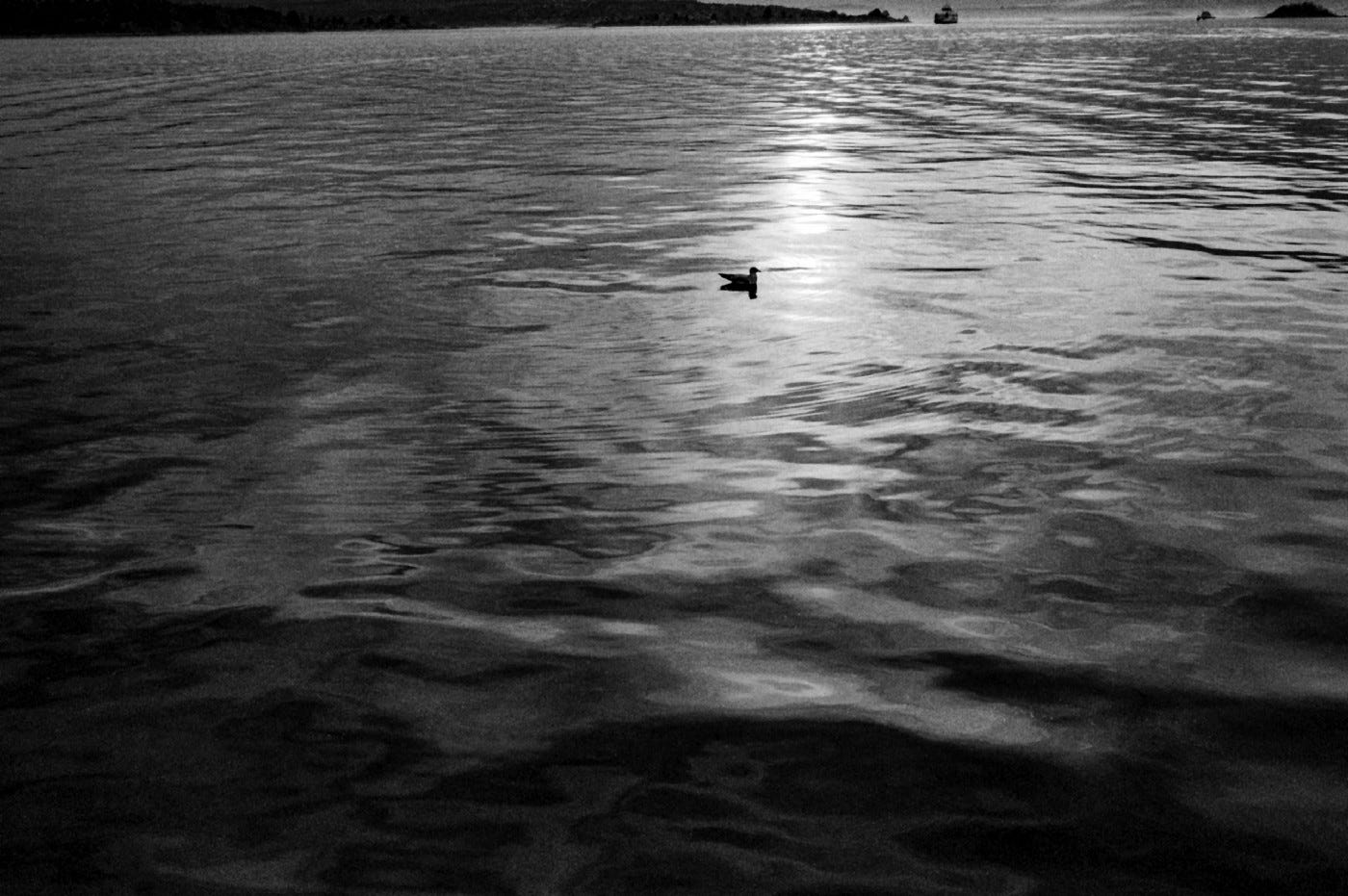


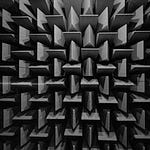
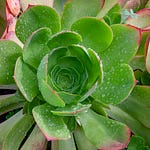
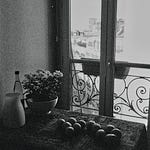
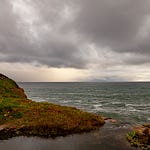

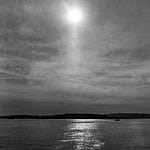
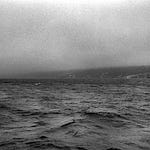
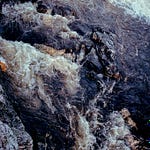
Art and Photojournalism: Discerning Differences